
Phosphate
240.00EGP 210.00EGP
فوسفیت
Installation
فوسفور
P : % 43 ( وزن / حجم )
بوتاسيوم K : % ۲۸
( وزن / حجم ) ماغنسيوم : أ % ( وزن / حجم )
Compound benefits
فوسفيت :
يزيد ويعزز من النمو الجذري يحسن الطعم والتخزين ولون محاصيل الفاكهة نتيجة تمكين النبات من زيادة المواد الصلبة وتحسين خواص الثمار .
يحسن النظام المناعي للنبات حيث يعمل على تحسين مستوى مقاومة النبات للأمراض الفطرية حيث يقي من :
القرعيات و البياض الزغبي والنقيقي و عفن التاج الجذري و البطاطس والطماطم و اللفحة المبكرة
والمتأخرة وعفن الجذور و البياض الزغبي والدقيقى و الفراولة وعفن الجذور والثمار
و الحمضيات و عفن جذور الحمضيات و التفاح
• العنب
Dosage and rate of use:
Application and time of use, usage rates and yield
Foliar spraying every 7 days during the crop growth period (vegetative, floral, fruitful) 1-3 cm/liter of water for vegetables
(tomatoes - potatoes - onions - cucumbers - cantaloupe)
Fertilizing with water. Irrigation 3 days after transplanting. Repeat 2 times a week. 1-1/2 liter/acre. Vegetables (after transplanting)
Foliar spraying every 7 days during the period of vegetative growth, flowering, and fruiting. 2-4 cm/liter of water for fruit and ornamental plants.
The addition is made with head water every 10 days during the growing season, 5 cm per 8 liters for fruit seedlings and ornamental plants (seedlings).
فوسفیت
Installation
فوسفور
P : % 43 ( وزن / حجم )
بوتاسيوم K : % ۲۸
( وزن / حجم ) ماغنسيوم : أ % ( وزن / حجم )
Compound benefits
فوسفيت :
يزيد ويعزز من النمو الجذري يحسن الطعم والتخزين ولون محاصيل الفاكهة نتيجة تمكين النبات من زيادة المواد الصلبة وتحسين خواص الثمار .
يحسن النظام المناعي للنبات حيث يعمل على تحسين مستوى مقاومة النبات للأمراض الفطرية حيث يقي من :
القرعيات و البياض الزغبي والنقيقي و عفن التاج الجذري و البطاطس والطماطم و اللفحة المبكرة
والمتأخرة وعفن الجذور و البياض الزغبي والدقيقى و الفراولة وعفن الجذور والثمار
و الحمضيات و عفن جذور الحمضيات و التفاح
• العنب
Dosage and rate of use:
Application and time of use, usage rates and yield
Foliar spraying every 7 days during the crop growth period (vegetative, floral, fruitful) 1-3 cm/liter of water for vegetables
(tomatoes - potatoes - onions - cucumbers - cantaloupe)
Fertilizing with water. Irrigation 3 days after transplanting. Repeat 2 times a week. 1-1/2 liter/acre. Vegetables (after transplanting)
Foliar spraying every 7 days during the period of vegetative growth, flowering, and fruiting. 2-4 cm/liter of water for fruit and ornamental plants.
The addition is made with head water every 10 days during the growing season, 5 cm per 8 liters for fruit seedlings and ornamental plants (seedlings).
Based on 0 reviews
|
|
|
0% |
|
|
|
0% |
|
|
|
0% |
|
|
|
0% |
|
|
|
0% |
Related products
the definition:
Fina Bayer is available in the form of a concentrate that can be emulsified and the use of natural solvents makes the compound’s efficiency higher than the permeability through the skin of the caterpillars, as well as the local permeability in the leaf epidermis, which facilitates the access of the active substance to the larvae located under the leaf epidermis, such as (tunnel makers - Tuta absoluta).
Venapyr is an acaricidal and insecticide. It belongs to a new chemical group (pyrrole) that was discovered among natural insecticides.
Vinapyr is an acaricide with a very effective and long-lasting effect against various acaricides, thus protecting crops during the growing season with fewer sprays compared to many sprays with other pesticides.
Venapyr is an acaricide with a new, distinctive and effective formula against acaricides that have gained immunity from other acaricides. Tests showed that there are no strains resistant to the active ingredient chlorfenapyr.
Pre-harvest period, usage rate, crop pest
3 days 300 cm/acre beet fly sugar beet
21 days 75 cm/100 liters of water Citrus scale insects
Global connections:
Usage rate, crop lesion
250 cm/100 liters of onion thrips
50 cm/100 liters of water from potato manna
50 cm/100 liters of manna water, bean tunnel makers
100-125 cm/100 liters of water: aphids, whiteflies, cucurbit thrips
100 cm / 100 liters of water Aphids, whiteflies, mealybugs, scale insects, ornamental plants
100 cm / 100 liters of water, manna, jassid, peach - apricot
350 cm/acre, injected with drip irrigation for grape mealybugs
350 cm / 100 liters of water or 500 cm / acre by injection with drip irrigation Tunnel makers, mealybugs, citrus scale insects
20-30 cm/palm 100 cm/100 liters of water Red palm weevil, palm scale insects
A distinct compound because it contains the element magnesium in the form of magnesium nitrate, which is one of the best forms ever through which magnesium is absorbed into the plant.
Compound features
Magnesium plays an important role as it acts as an activator for some enzymes responsible for transporting phosphorus in the metabolism process.
Magnesium is involved in the synthesis of proteins and is considered the primary color and central element of the chlorophyll molecule. Therefore, it is essential in the process of photosynthesis and thus increases production rates and raises the quality of crops.
. Magnesium is the primary regulator of potassium absorption within the plant and acts as a waxy layer on the plant's fruits
– The presence of nitrogen for protein formation within the plant
- It works to increase crop productivity
Usage rates
Foliar spraying: 3-5 g per liter or according to the fertilization program
Ground fertilization: 3-5 kg per acre or according to the fertilization program
Installation:
Nitrogen 5%
Potassium: 18%
Compound features:
Which gives the compound the following advantages K Which gives the compound the following advantages
Ease of absorption of the element, as the plant depends on absorbing the element through cation exchange, and this means that the plant takes full advantage of all the amount of potassium present in the Joker Safety, in a short time.
Absorption of the element and its entry into the plant in the form of a cation K Free means that the element performs its function inside the plant, which is the process of transporting nutrients inside the fruits. This is what distinguishes Joker Safety fertilizer and makes it give quick results immediately after fertilization, and the speed of storage in the fruits as a result of fertilization with Joker Safety gives quick and noticeable results in sizing the fruits.
It gives the plant all its potassium needs from the day of planting until harvest, without the need to add any other source of potassium.
:معدالات the use
Half a liter to 3 liters per acre, depending on the age of the plant
Installation:
10%: Nitrogen
potassium:22%
Benefits of the compound:
Potassium nitrate: Soad is suitable for all irrigation systems and can be used as a spray on the leaves. It contains nitrogen in an easily absorbed form. This element is important for the formation of protoplasm, which makes up all living cells. It is also involved in the synthesis of amino acids, proteins, and chlorophyll.
It contains potassium in a high concentration in an easily absorbed form, which is the form of potassium nitrate. The element potassium has a large and important role in plants, as it
It helps in the activity of more than 10 enzymes, helps in photosynthesis, and regulates the process of opening and closing stomata. It is responsible for transporting nutrients to and from the cell, so it increases the sugar content in the fruits (Cantilever grapes).
It works to increase the germ content of the cell, so it works to increase the size of fruits (tomatoes, cucumbers, zucchini).
Potassium nitrate: It is preferable to use it on tuber crops such as (potatoes, yams, and onions), as it helps increase the plants’ ability to store, thus significantly increasing the size of the tubers and the yield.
Potassium nitrate: important for the formation of flowers and knots, so it is preferable to fertilize it during the flowering and licking stage
Usage rates: - Ground use: from 3-7 liters/acre depending on the crop and age of the plant. – Foliar use: from 22 cm/liter of water during the vegetative growth stage and before flowering
Installation:
Nitrogen: 15%
Phosphorus: 15%
Potassium: 15%
Compound features:
Manufactured from high-quality raw materials that are soluble and quickly absorbed
. Potassium source fertilizer: Potassium titrate is quickly soluble and absorbed
. Fertilizer is a source of phosphorus that is quickly dissolved and absorbed
. High-purity crystalline fertilizer that is completely soluble in water
. It has an acidic effect, which increases the ability of micro and macro elements to be absorbed
It increases branching in both vegetable and fruit crop seedlings
Usage rates
| stage to use | Dosage (kg/acre/day) | The crop |
| Immediately after transplanting | 2-3 | Vegetables |
| Before flowering | 2-4 | the fruit |
| Branching stages | 1.5-2 |
Field crops |
chemical composition
Nitrogen:12%
Calcium: 20%
Compound features
Calcium nitrate: A liquid fertilizer that contains calcium in the form of calcium nitrate. Therefore, it is an easy-to-absorb fertilizer for plants and treats calcium deficiency.
Liquid calcium nitrate fertilizer is used through modern irrigation methods, as well as sprayed on the leaves*
The importance of calcium for plants
Calcium plays a major role in the process of assimilation of enzymes and neutralizing the acidity of the alkaline solution
Calcium plays a major role in resisting some diseases that affect plant leaves by nourishing the cell walls
Calcium gives good characteristics to fruits in terms of shape, storage and marketing
Usage rates
Ground use: from 10:2 liters/acre, depending on age and type of crop
Foliar use: 2-3 cm/liter of water during the vegetative, flowering and fruiting growth stages
Installation:
Nitrogen: 17%
Phosphorus: 44%
Compound features:
Dab Phosphoric. It is a fertilizer suitable for all irrigation systems and can be used as a spray on the leaves. It contains nitrogen, which is important for the formation of protoplasm, which makes up all living cells. It is also involved in the synthesis of amino acids, proteins, and chlorophyll. It contains high phosphorus in the form of di-aminophosphate with urea phosphoate, which dissolves quickly and is absorbed. Phosphorus is also responsible for the transformation of carbohydrates, such as starch into sugar, and is involved in the formation of energy-carrying substances. It also works to stimulate the roots. Phosphorus is also important for the formation of flowers and increasing flower formation. Fruits and helps in coloring and ripening the fruits
Usage rates
– Ground use: from 2 to 5 liters per artist, depending on the crop and the age of the plant
– Foliar use: 2-3 cm/L during the vegetative growth stage and before flowering
First
Installation
Nitrogen, 10%
: Phosphorus (P)
: 10 Potassium (K)
Compound benefits
First contains the elements nitrogen, phosphorus and potassium in pure and easily absorbed forms, so it increases the vegetative and flower systems.
. First contains a high concentration of phosphorus, so it is characterized by...
1- Increases the amount of flowers and knots
2- Activates the formation of roots
3-. It helps plants bury it in case of frost
4- It helps adjust the spray solution
5- Increases plant energy
Dosage and rate of use:
First is added at a rate of 1-3 g/liter of water
99 in stock
Installation:
نيتروجين : %6
فوسفور: 6 %
بوتاسيوم: 43 %
Benefits of the compound:
Compound benefits
Manufactured from high-quality raw materials that are soluble and quickly absorbed
.سماد يحتوي عالي نسبه عالية من البوتاسيوم غني بنترات البوتاسيوم سريع الذوبان والامتصاص لذلك يسخدام في تحجيم الثمار وزياده الانتاج
.سماد مصدر الفوسفور سريع الذوبان والامتصاص
. High-purity crystalline fertilizer that is completely soluble in water
.حامضى التاثير مما يزيد من صلاحية العناصر الصغرى والكبرى للامتصاص
. يزيد التفريع في كل من شتلات محاصيل الخضار والفاكهة
Usage rates
| stage to use | Dosage (kg/acre/day) | The crop |
| Immediately after transplanting | 2-3 | Vegetables |
| Before flowering | 2-4 | the fruit |
| Branching stages | 1.5-2 | Field crops |
Installation:
Nitrogen:10%
potassium:20%
Benefits of the compound: Line Potash fertilizer is characterized by containing nitrogen and potassium in pure, easy-to-absorb form. It is also loaded with a high percentage of amino acids and carboxylic acids that expand and facilitate the absorption of major and minor elements through the leaves. Line Potash is characterized by the presence of a high percentage of potassium, which facilitates absorption. Line Potash contains amino acids that help the plant to form a high concentration of hormones and enzymes and reduce the effect of stress on the plant.
The importance of potassium for plants
It plays an important role in the mechanics of opening and closing stomata and thus controls the water balance within the plant
It plays an essential role in activating important enzymes in protein formation
It plays a role in the formation of carbohydrates at the fruit formation stage
It has an important role in the apical dominance of the plant
It will help absorb water and nutrients and transfer them to the leaves
Transports mineral salts and carbohydrates to water
Usage rates
Times of use: Drip irrigation, foliar spray per 100 liters of crop water
3-5 times 1 liter/acre 50-150 cm vegetables
4-6 times 1-2 liters/acre 50-200 cm of fruit
38 in stock
سماد ورقي
جيل التركيب نيتروجين : ۶۲۰ – احماض امينية 45 % . ماغنسيوم %۱
امينوجيل سماد ورقي في صورة جيل يحتوي على نيتروجين وماغنسيوم واحماض أمينية حرة لجميع محاصيل الخضر والفاكه لتنشيط التمثيل الغذائي وزيادة طاقة النبات .
يحتوي على تركيز عالي من النيتروجين والاحماض الأمينية الحرة التي تقلل من تأثير الإجهاد الناتج عن الحرارة العالية والصقيع . يزيد بشكل عالي من النمو الخضري الزهري والثمري .
يساعد على تكوين الأوكسينات المسئولة عن عملية الاستطالة في السيقان وكذلك نمو البراعم يحتوي على عنصر الماغنسيوم الذي يدخل في عملية تكوين الكلوروفيل . برفع من انتاجية الفدان بشكل ملحوظ .
Usage rates
يضاف من 1-5 سم / لتر ماء ويكرر كل 10 ايام
75 in stock

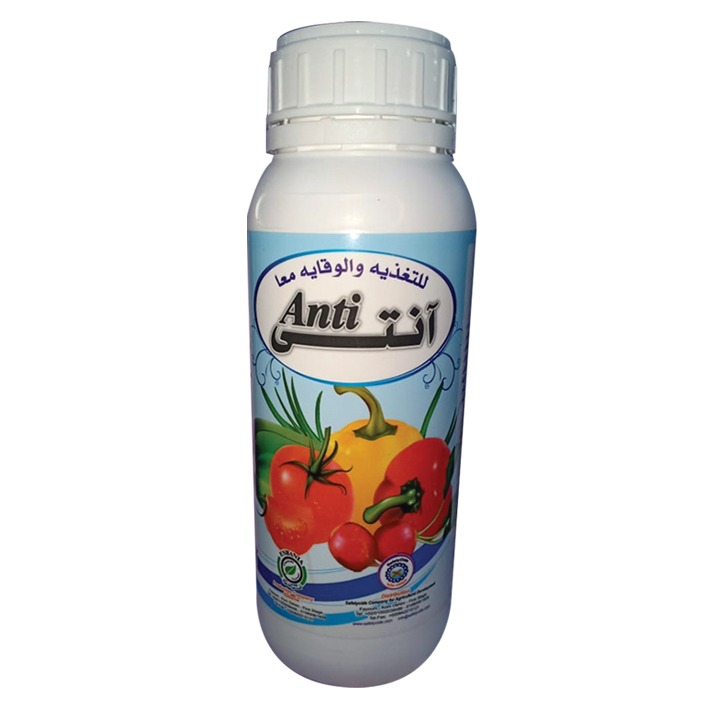

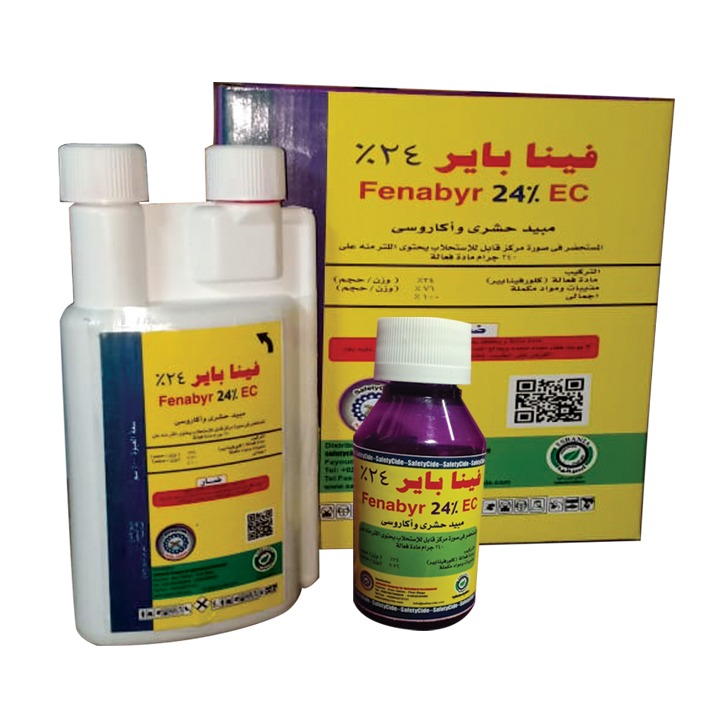




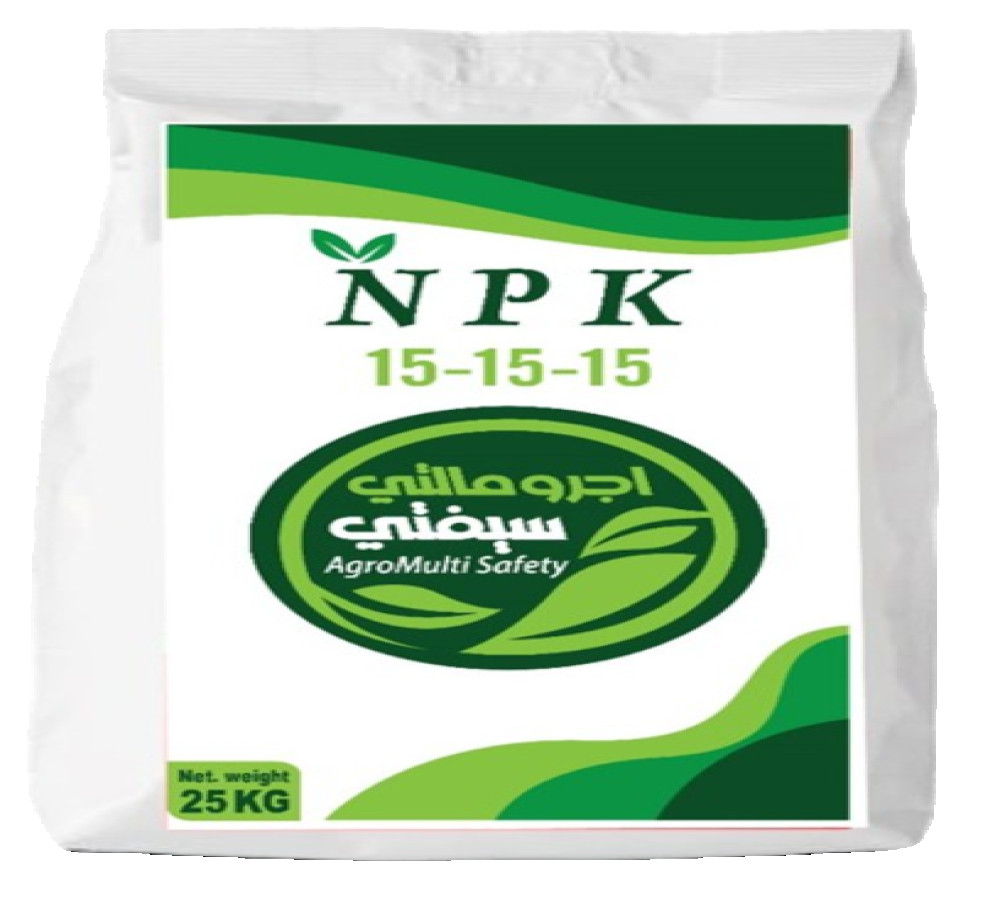

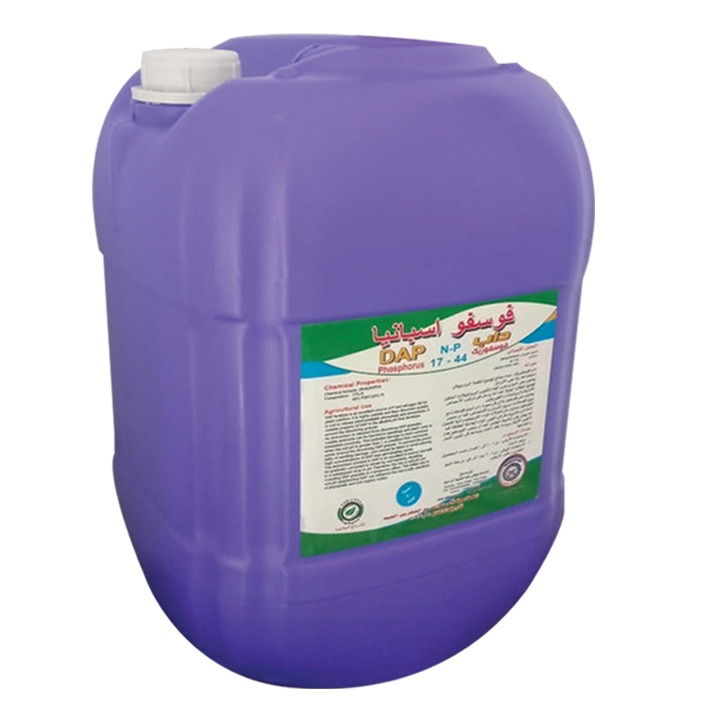
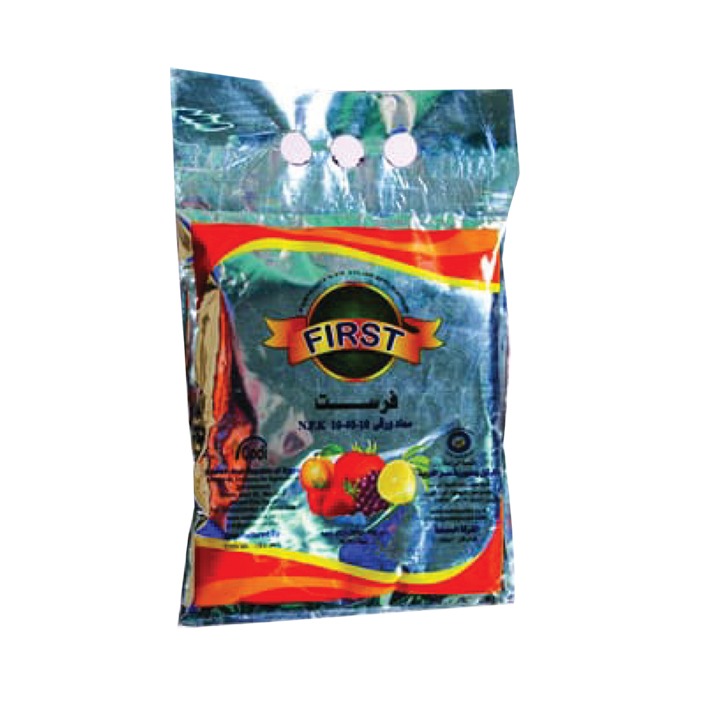
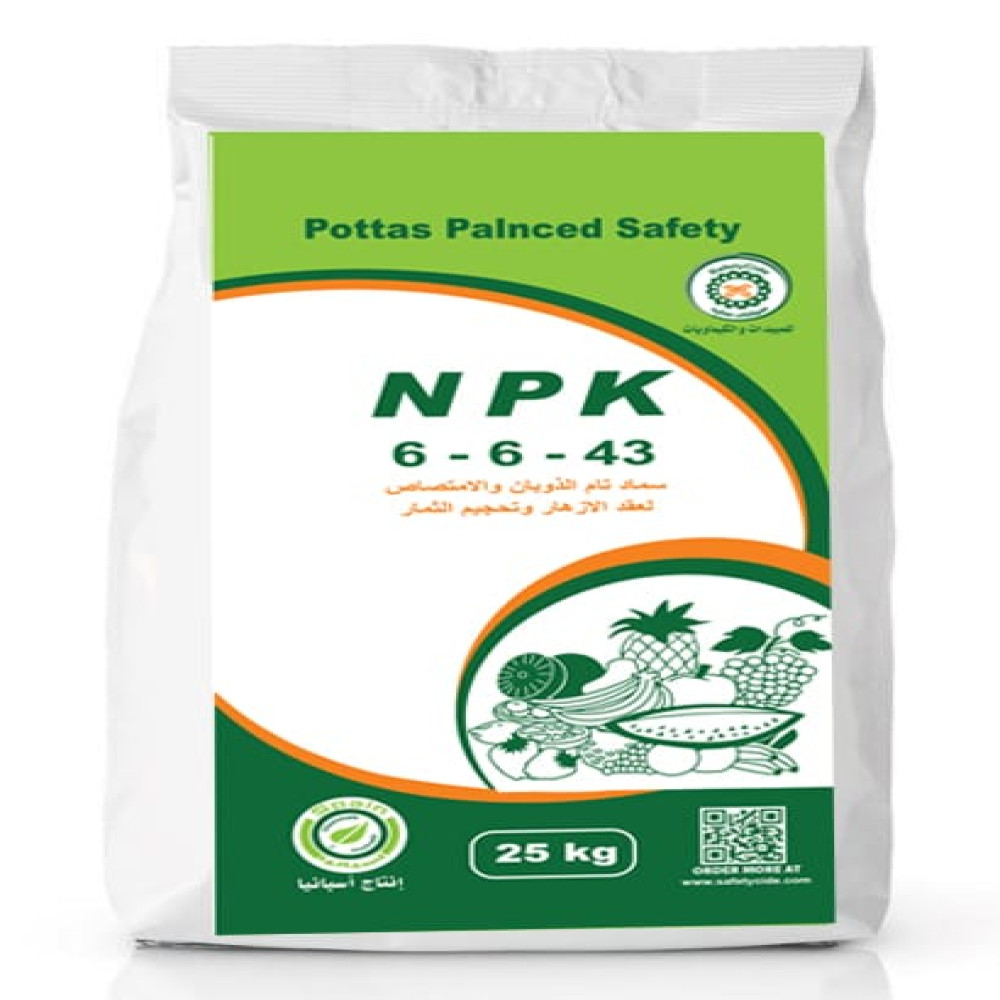


Reviews
There are no reviews yet.